Greetings from a very long blog hiatus! We hope everyone is staying safe and sane – at least everyone now has lots of time to read our exciting blog!!
After Arequipa, we headed to Cusco, our last long stay in Peru. We stayed in Cusco for a little more than a month in total, but we also did some weekend trips which we’ll write about in other posts. Cusco is also in the Andean region of Peru but is north of Arequipa. It’s even higher than Arequipa and sits at 11,150 feet of elevation (we were definitely pleased to have gone to Arequipa first to help us acclimate). Cusco is one of the most visited destinations in Peru since it’s the former capitol of the Incan empire and is the closest city to Machu Pichu. We spent our first month in a fairly modern Airbnb about a 25 minute walk to the main plaza. The apartment itself was nice enough, but we did not like the neighborhood very much. We then spent one week at another Airbnb closer to the center of the city, and we liked this one more (sadly we have no pictures of either Airbnb).
We loved our stay in Cusco, and it ended up being one of our favorite cities. It’s big enough to have a lot going on without being so big that it’s overwhelming. The city itself is beautiful, as it has really nice architecture and historical sites as well as beautiful mountains surrounding it. There are also a lot of great weekend and day trips outside of Cusco, and Davy was even able to go on an epic long run through the mountains that also took him to different ruins.
Cusco is also a very lively city that often has parades and celebrations in the street for reasons we often could not figure out. Shari again took Spanish lessons, and we had visitors! Shari’s friend from high school Jessica and Jessica’s boyfriend Ryan came for the first week of our stay, which was lots of fun.
We spent our first day in Cusco trying not to get too winded while exploring the city, including the historical center, the main square, and some of the sites within the city limits. In Cusco it is not uncommon to see Incan ruins with Spanish churches built on top or beside them, as the Spanish often built on top of important Incan sites when they came and conquered the area. On our first day in Cusco we saw a prime example of this in Qorikancha, which was once the most important temple in the Incan empire. Now you can see remnants of this, but you can also see the Santo Domingo Church, which the Spanish built using the foundations of Qorikancha. Cusco still has a large indigenous Quechua-speaking population (the language spoken by the Incans), and people were not shy in sharing their anger and sadness surrounding the Spanish conquest of the area.
On our second day in Cusco we did an all day tour of the Sacred Valley, an area outside of Cusco with different Incan ruins. We had a driver and guide for the day who took us to the different spots and gave us a little bit of history and background. Our first stop was to the Chinceros ruins, a former Incan agricultural area.
Our next stop was Moray, which was a sort of agricultural lab where the Incans tested different crops and agricultural strategies.
We then went to the nearby Maras Salt Mine, which consists of more than 4,500 salt wells that are still used today. We went just in time, as the following week they banned tourists from walking around next to the salt wells.
After Maras and Moray we headed to the town of Ollantaytambo for lunch and our last ruins visit of the day. Ollantaytambo is a nice town at the base of beautiful mountains and rock formations, and it had our favorite ruins of the day. The ruins were once an Incan fortress and temple, and we climbed to the top for a great view of the town (this was particularly fun on our second day at 11,150 feet of elevation).
During the following week we did more exploring with Jessica and Ryan, including visiting some more of the ruins within Cusco.
We also did a pretty remote hike around a series of lakes. The hike took us along a beautiful route around two lakes at the base of some mountains. We saw one sheep herder and another group of three tourists/hikers, but those were the only people we saw. We did, however, see many alpacas and llamas.
The next two weekends were spent doing weekend excursions, one to Lake Titicaca (another post coming about this), and one to Pisac, a town about an hour away from Cusco. Shari had gone with Jessica and Ryan for a day trip to the Pisac ruins, but unfortunately Davy had to work that day and wasn’t able to go. Since Pisac is such a nice town, we decided to go back and make a weekend of it. Pisac is accessible by “colectivo,” a shared van that operates like a bus and regularly takes people to and from Cusco for a very low price. We stayed at a yoga hostel about a 15 minute walk from downtown Pisac, which includes a bustling town square and a big market. Pisac has a hippie traveler vibe which was quite evident at the yoga hostel.
The ruins in Pisac are the main attraction and are some of the most scenic in the area since they sit atop a giant hill. The ruins themselves are huge and have multiple areas to explore, including agricultural terraces, fortresses, and temples. There is a path that takes you from one end of the ruins to the other, so we took the path and got picked up by a taxi on the other side.
Our last weeks in Cusco were spent exploring the city more, eating yummy food (Cusco has a lot of good restaurants), and cheering on Peru in Copa America, a Latin American soccer tournament. Peru was not expected to do very well but somehow made it to the finals of the tournament. As you can imagine, this was extremely exciting for everyone in Peru, so we watched all the games at a very lively sports bar downtown.
After one month in Cusco we headed out on a week-long trek that ended at Machu Pichu, the most famous site in Cusco (and probably Peru), and when we got back we spent one more week in Cusco before heading back to the United States!


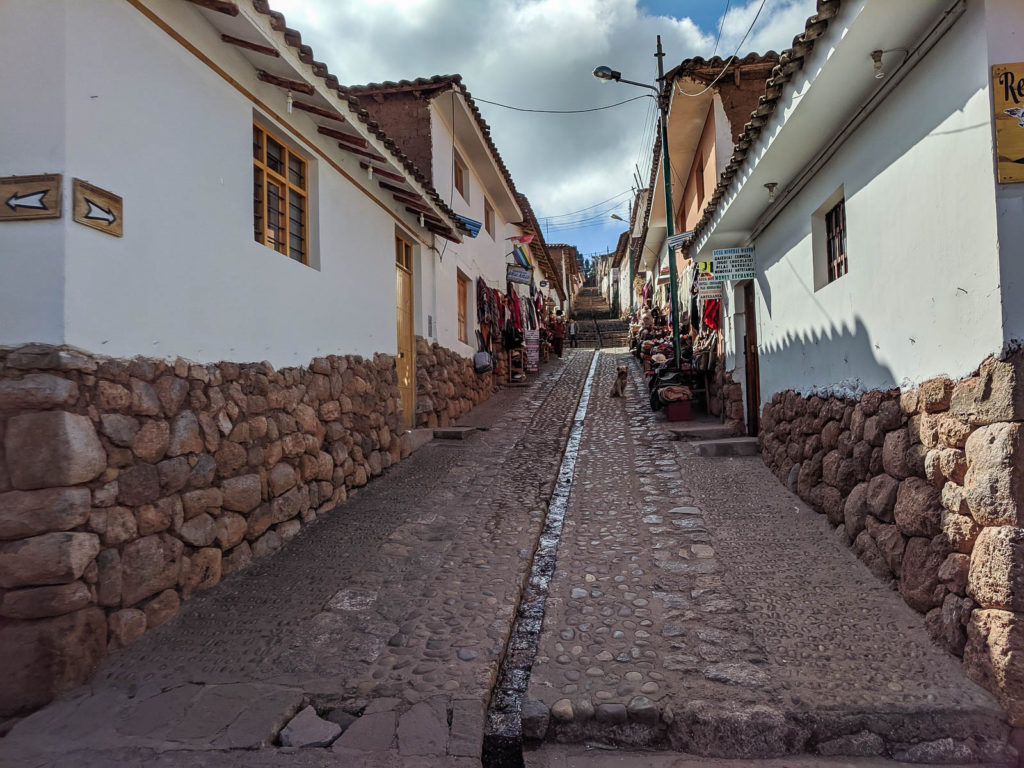
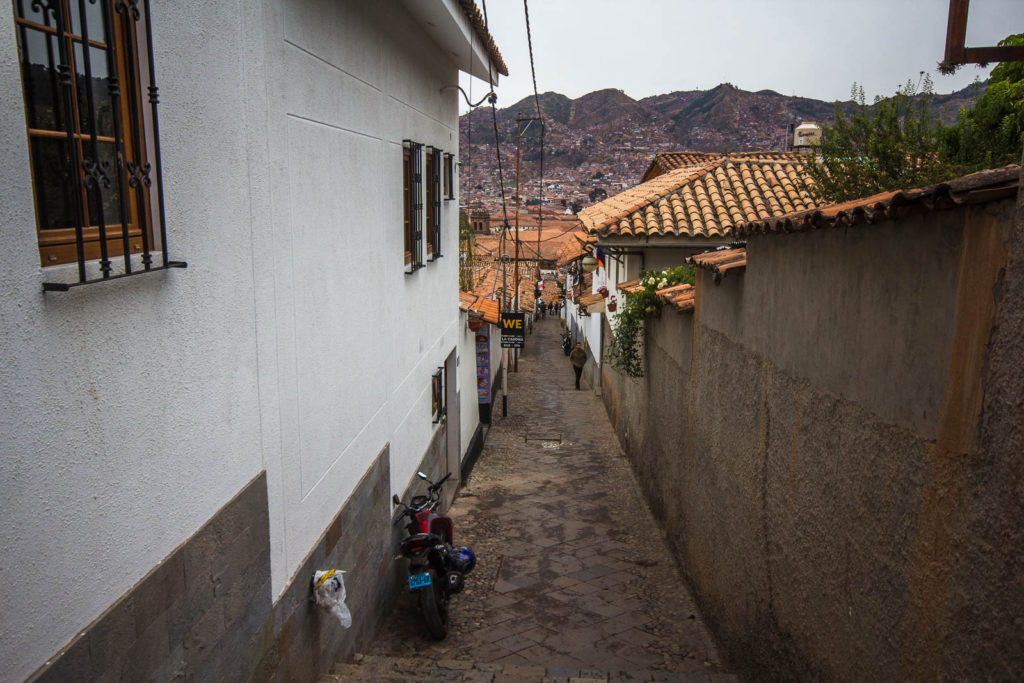
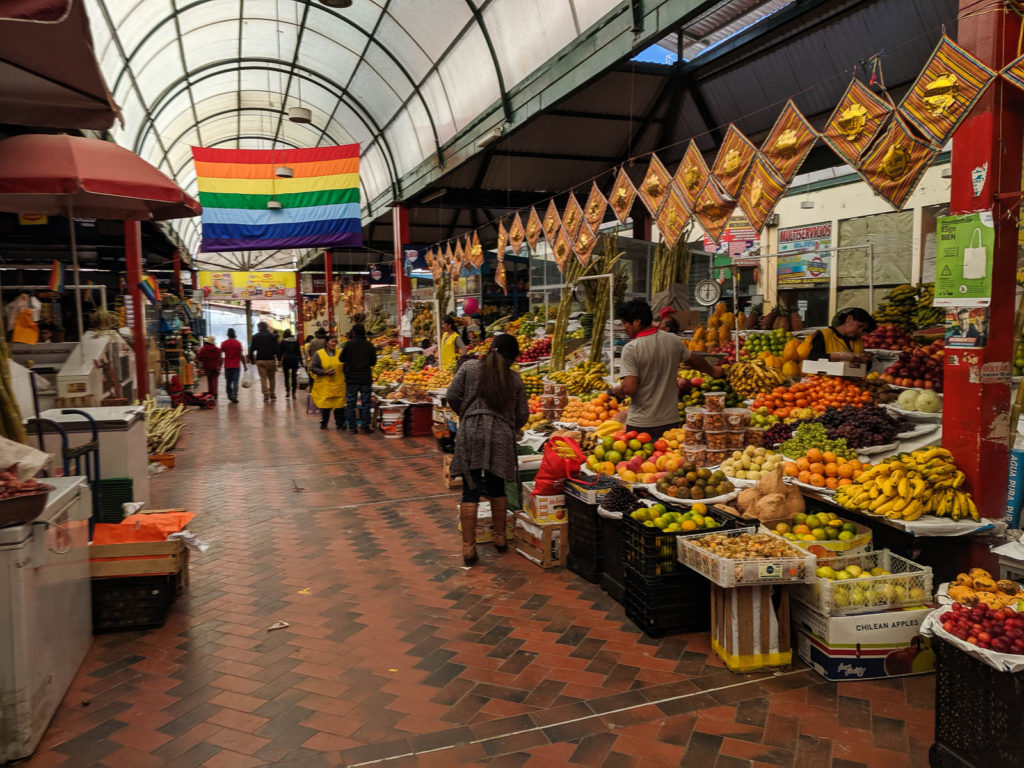



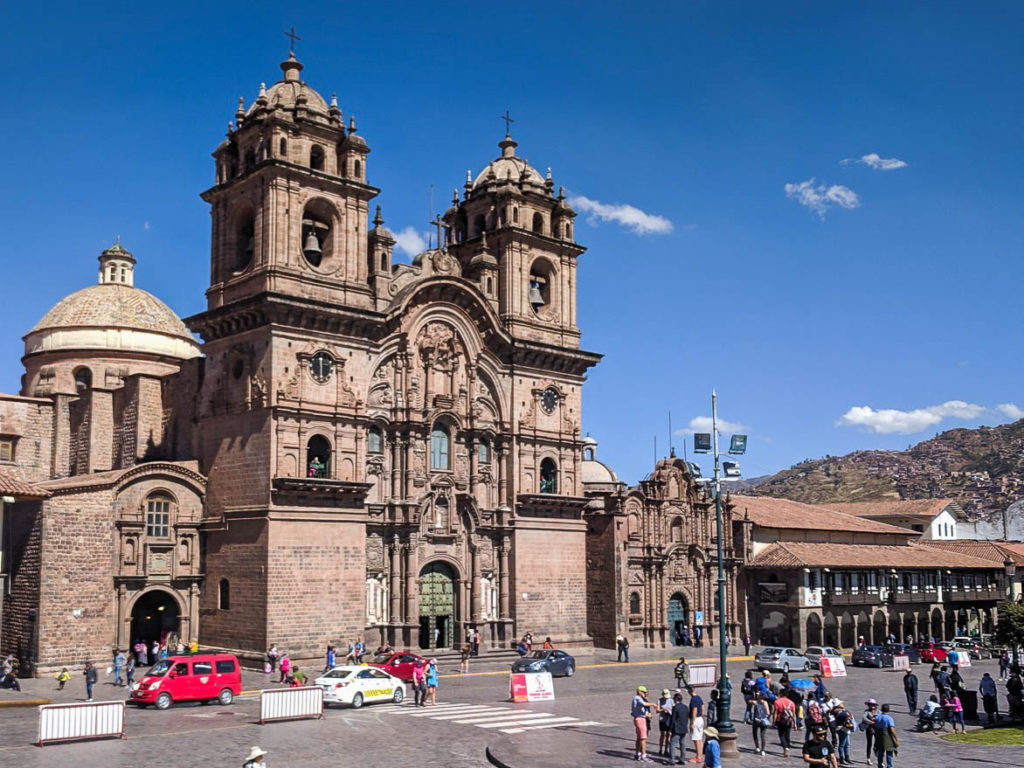
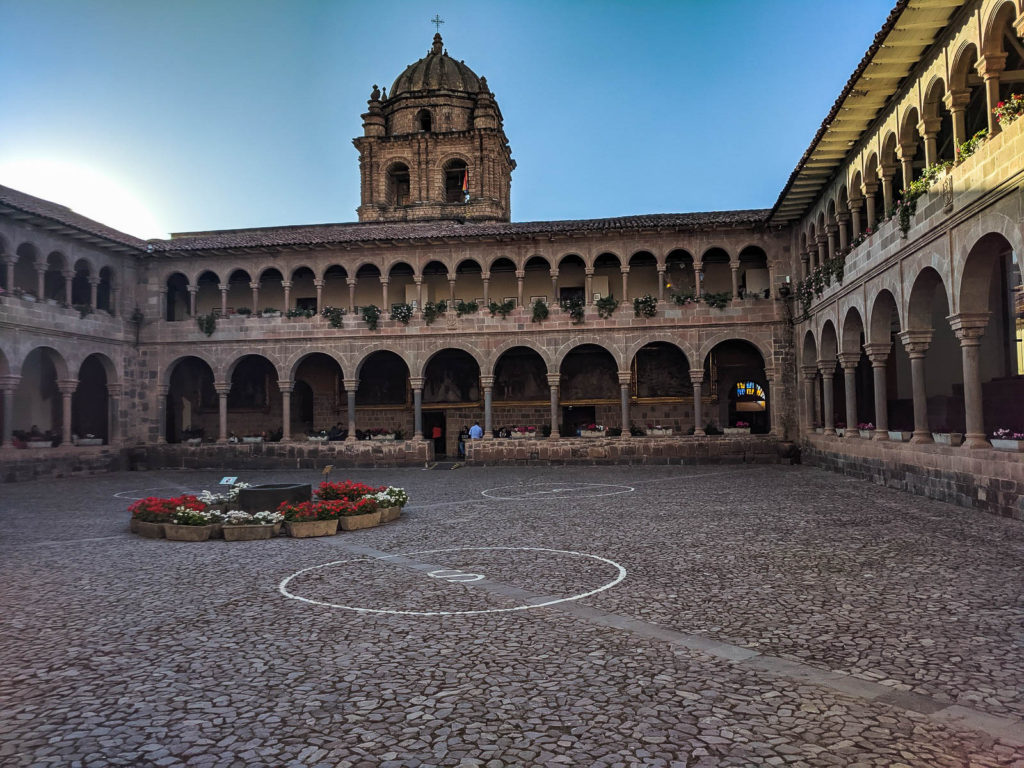
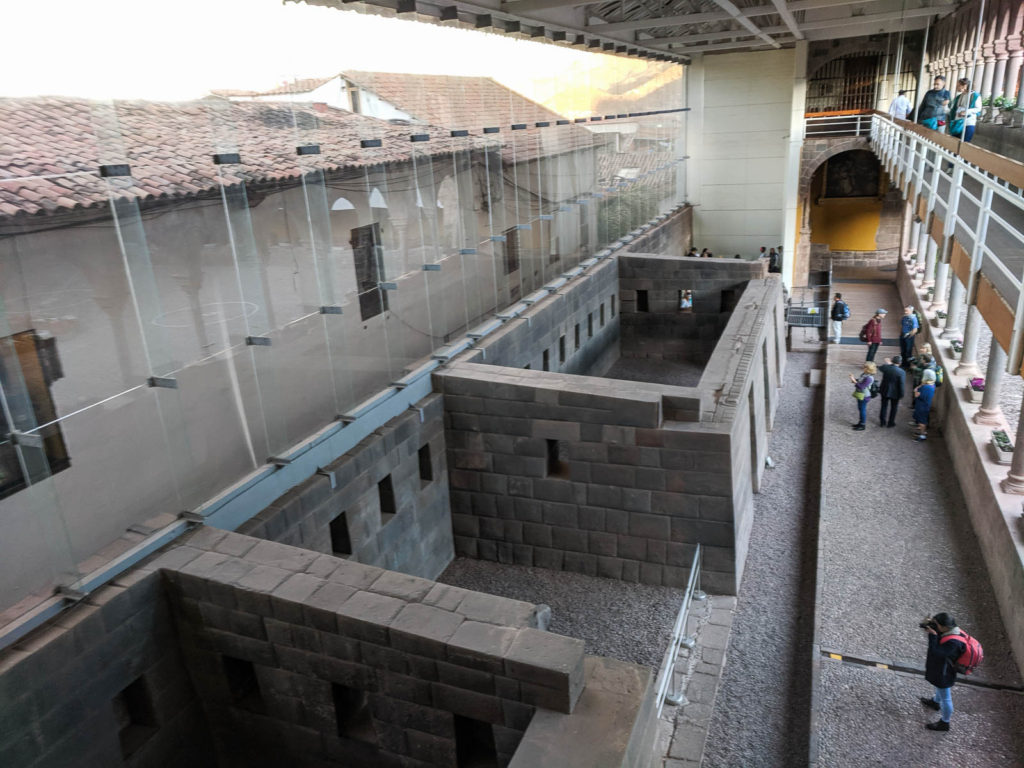

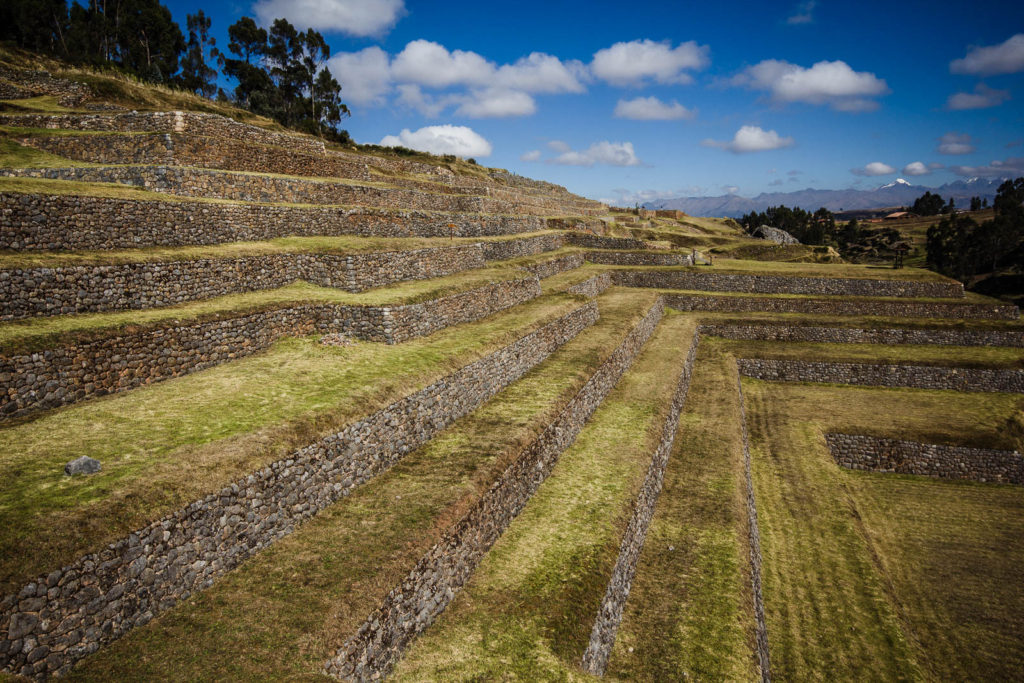


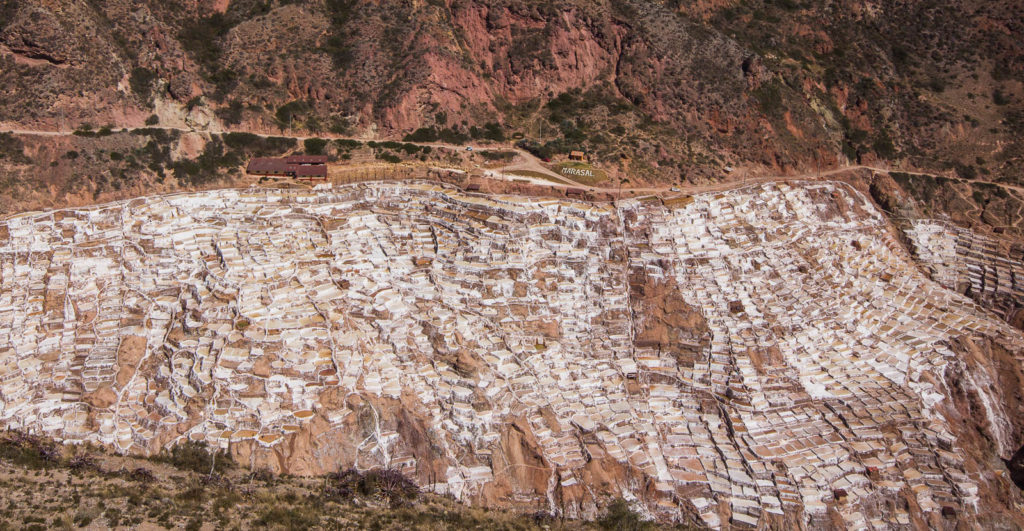
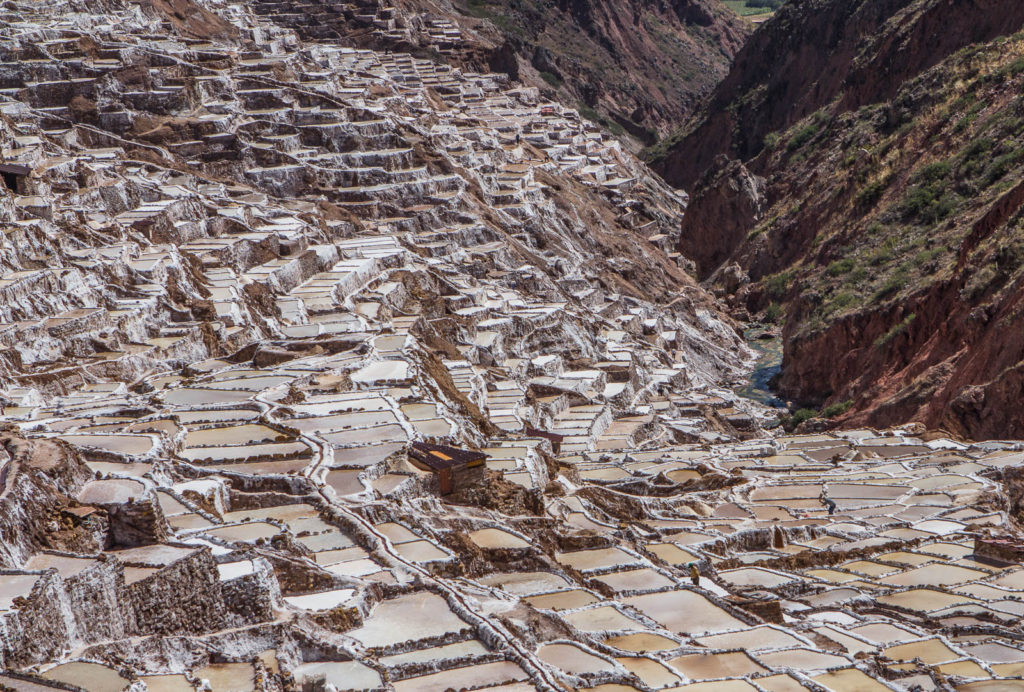
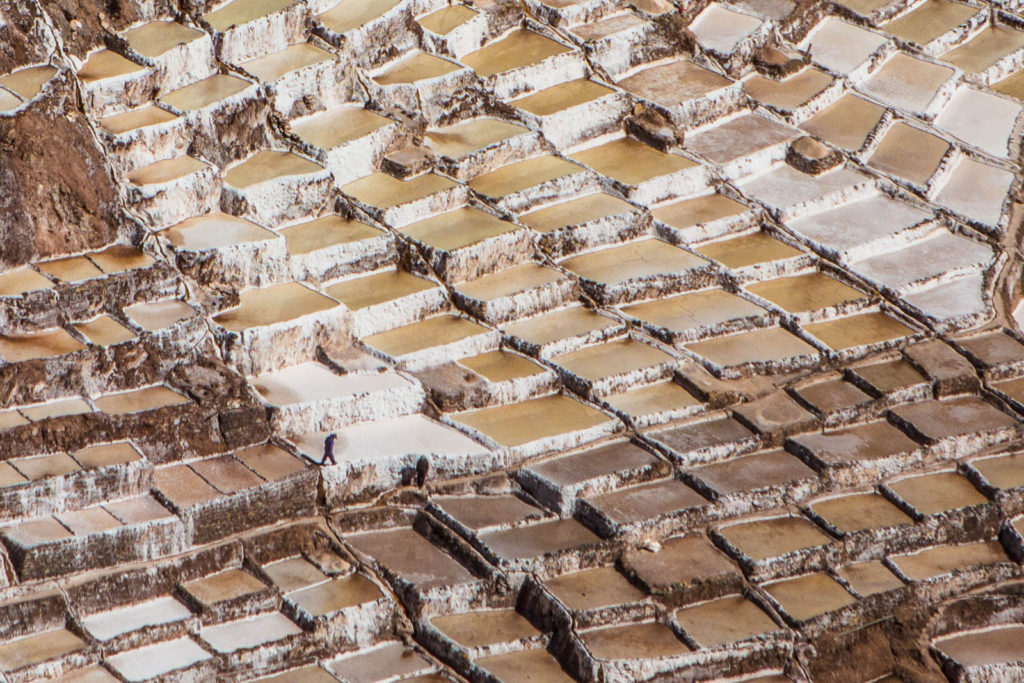
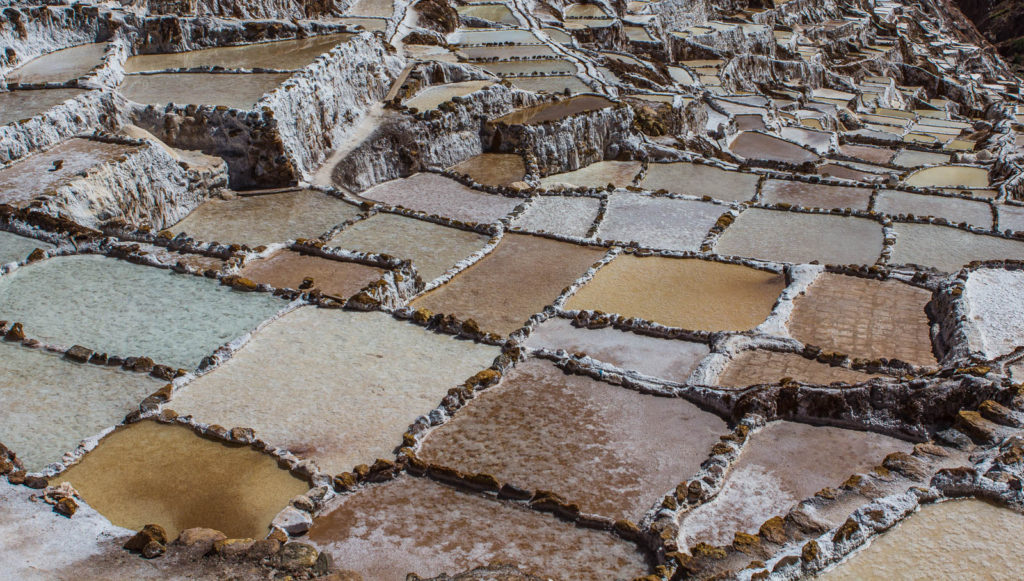

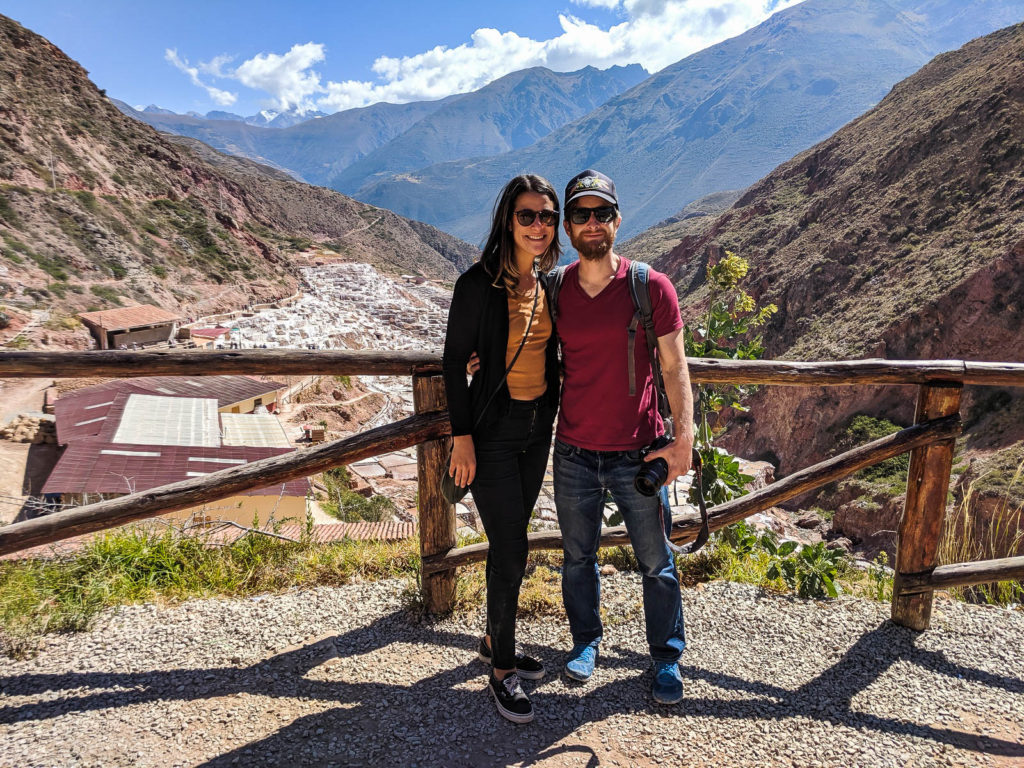
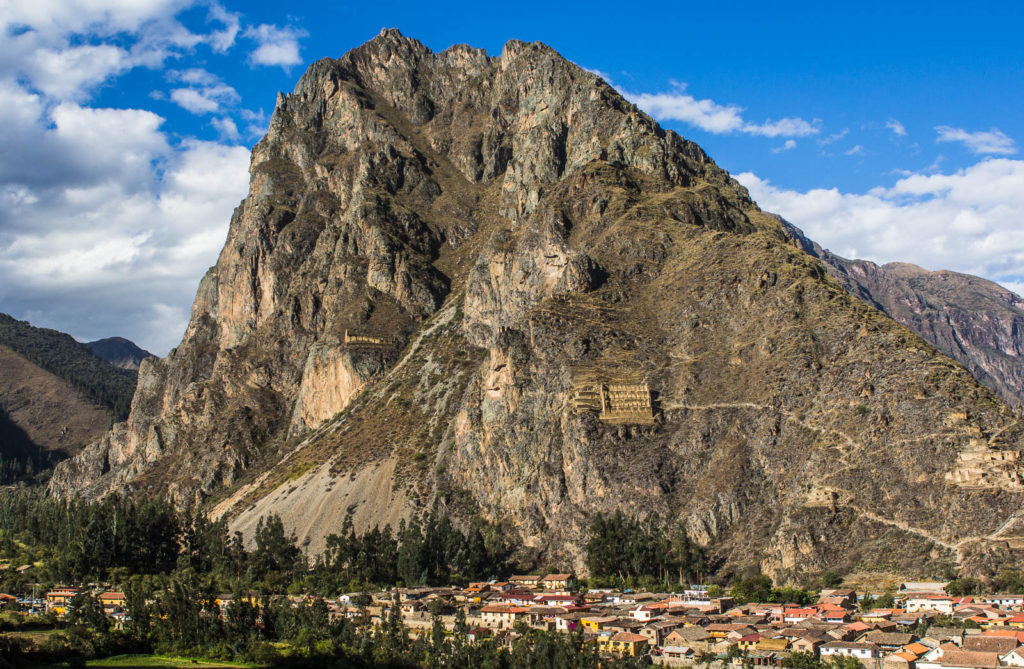
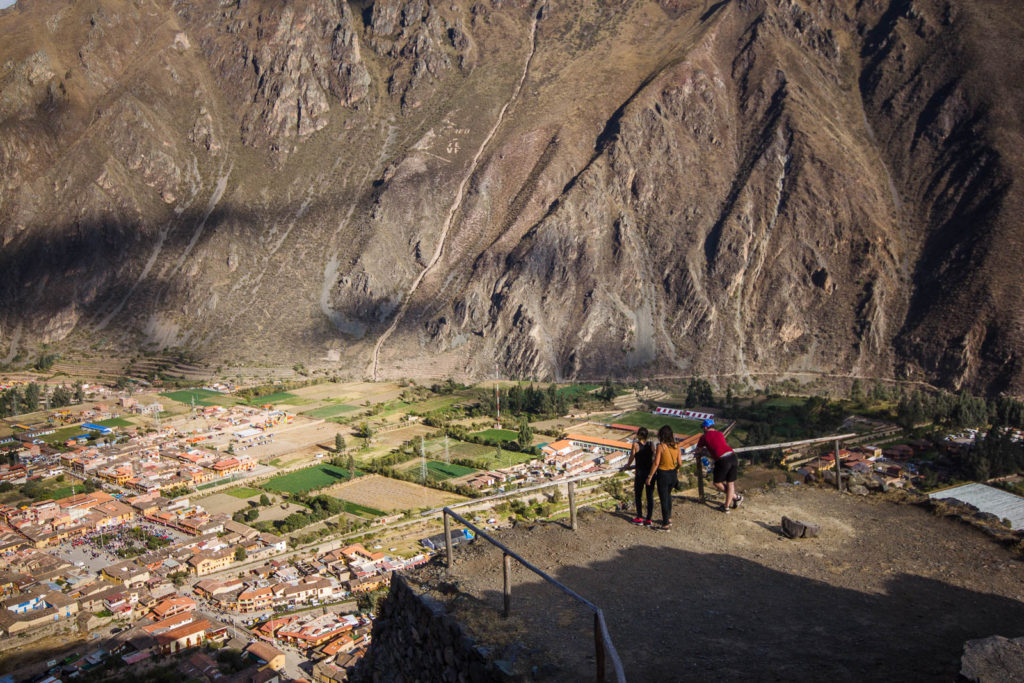
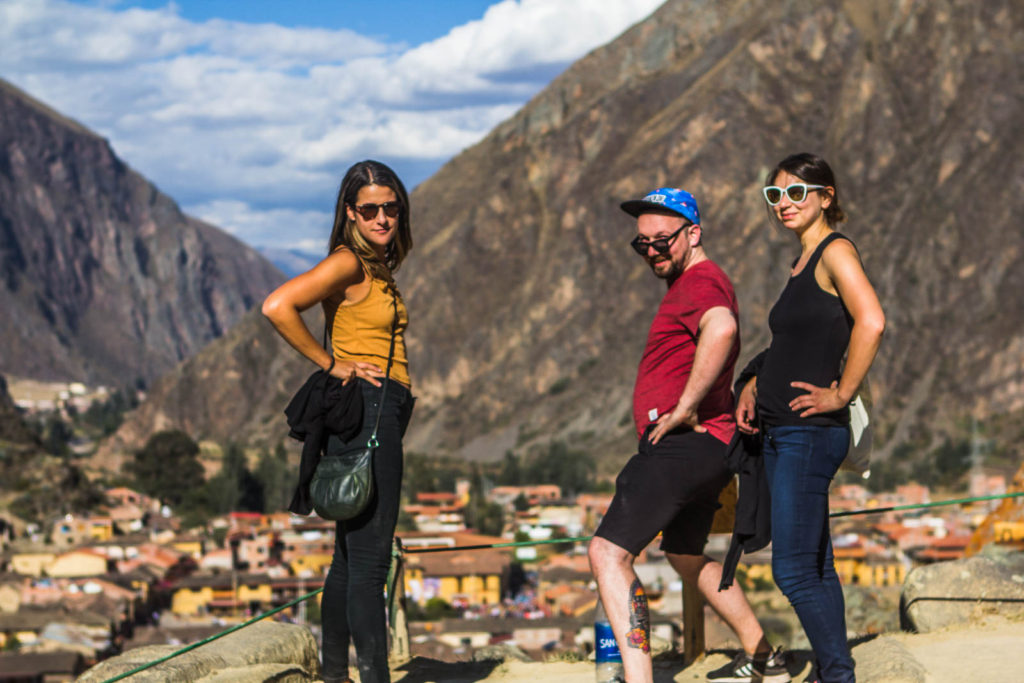
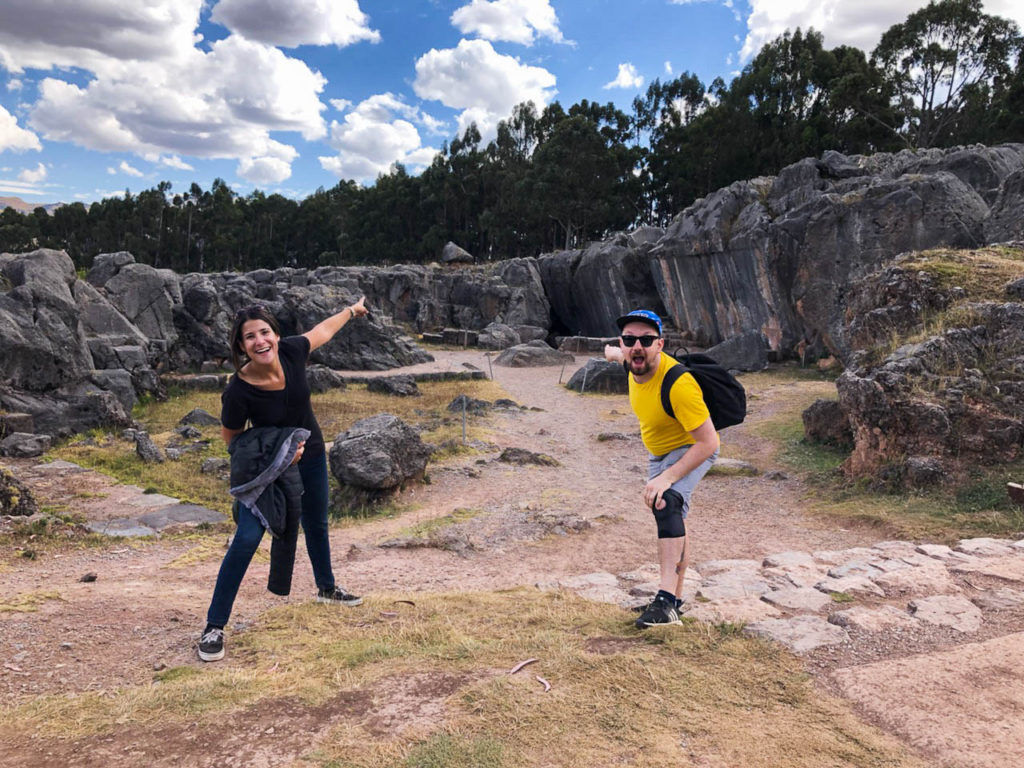
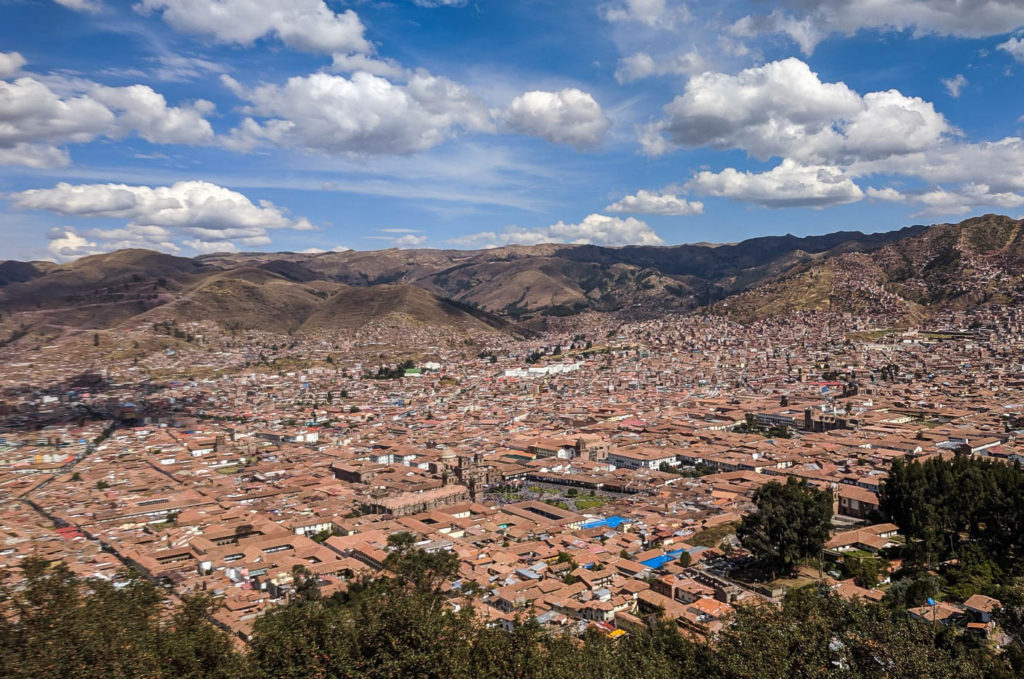
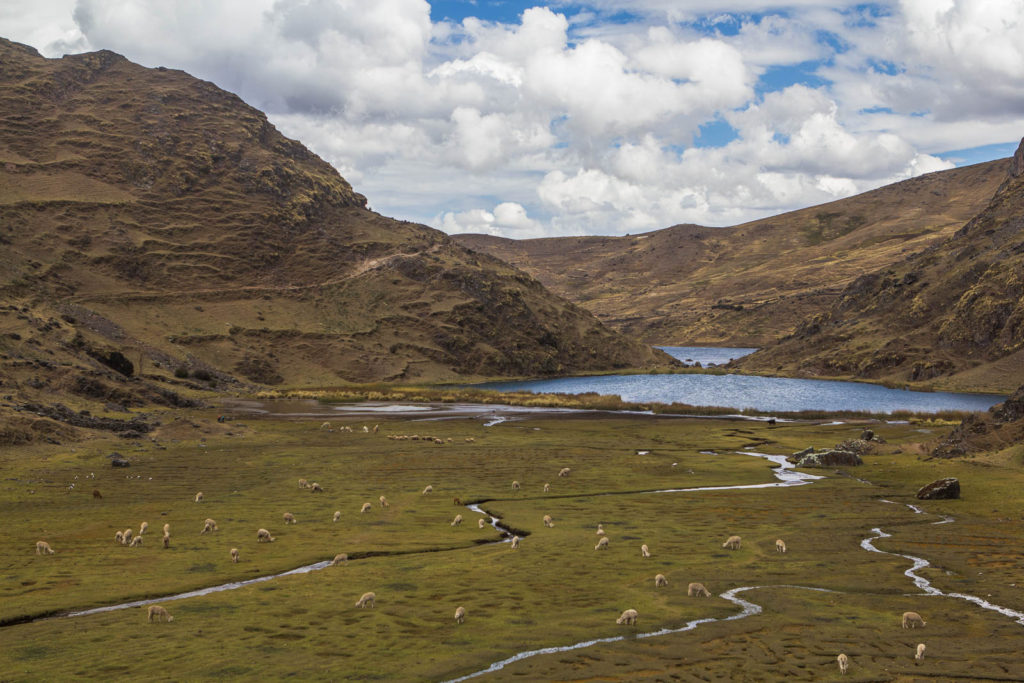
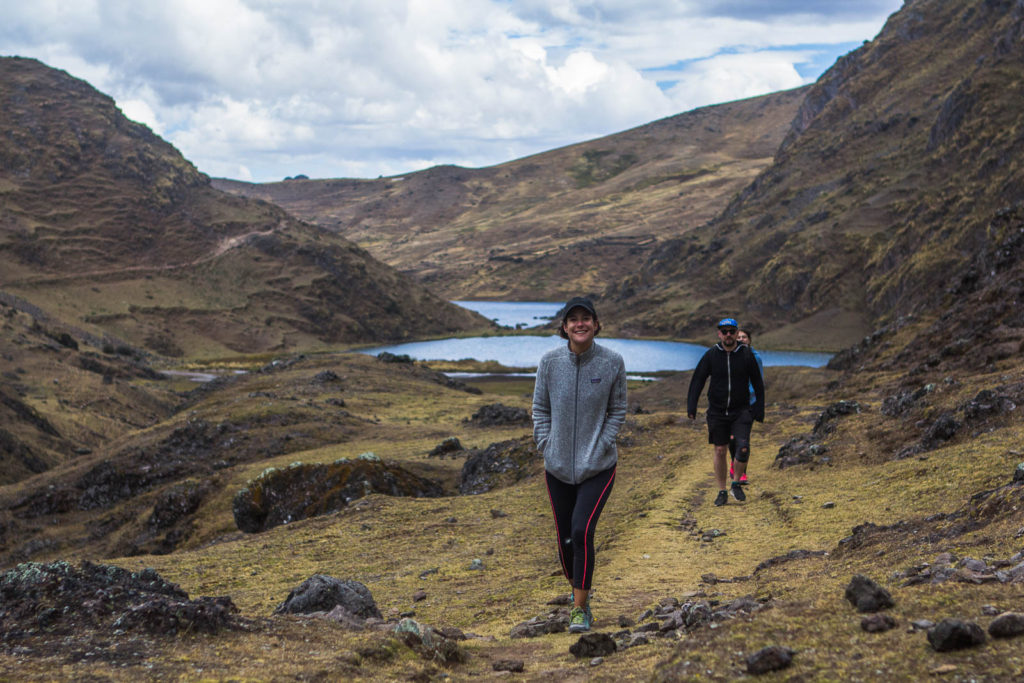
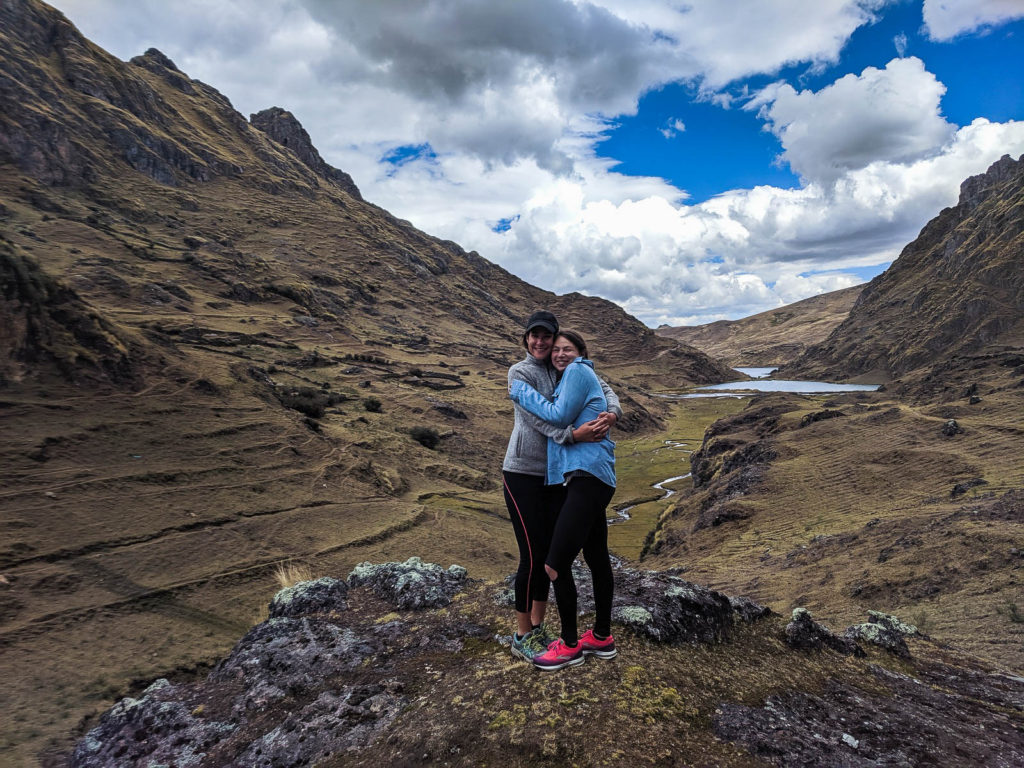
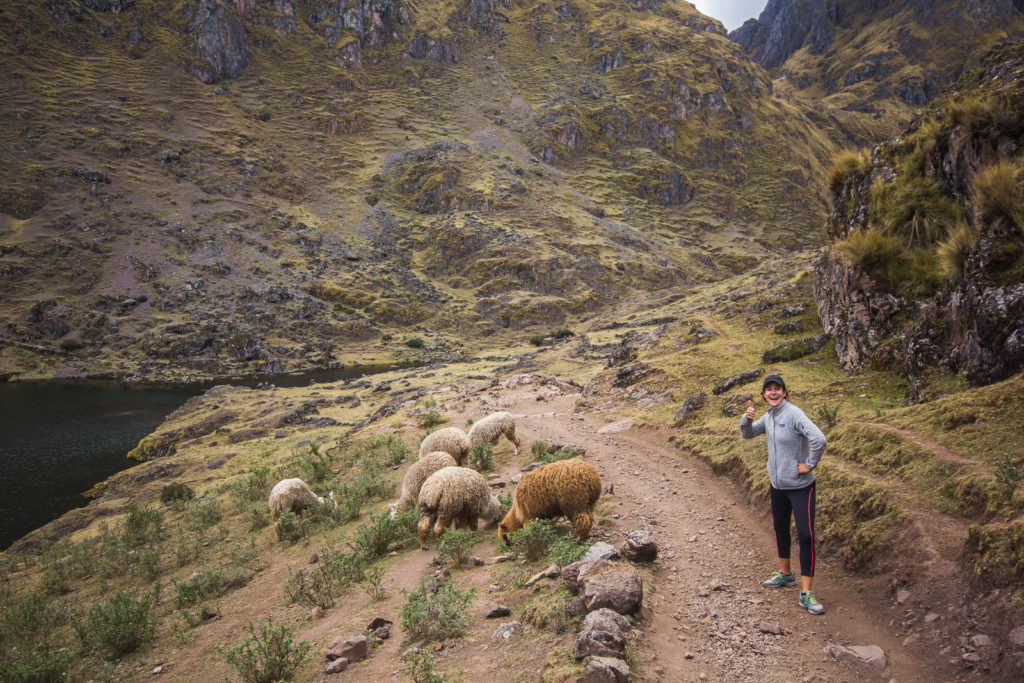

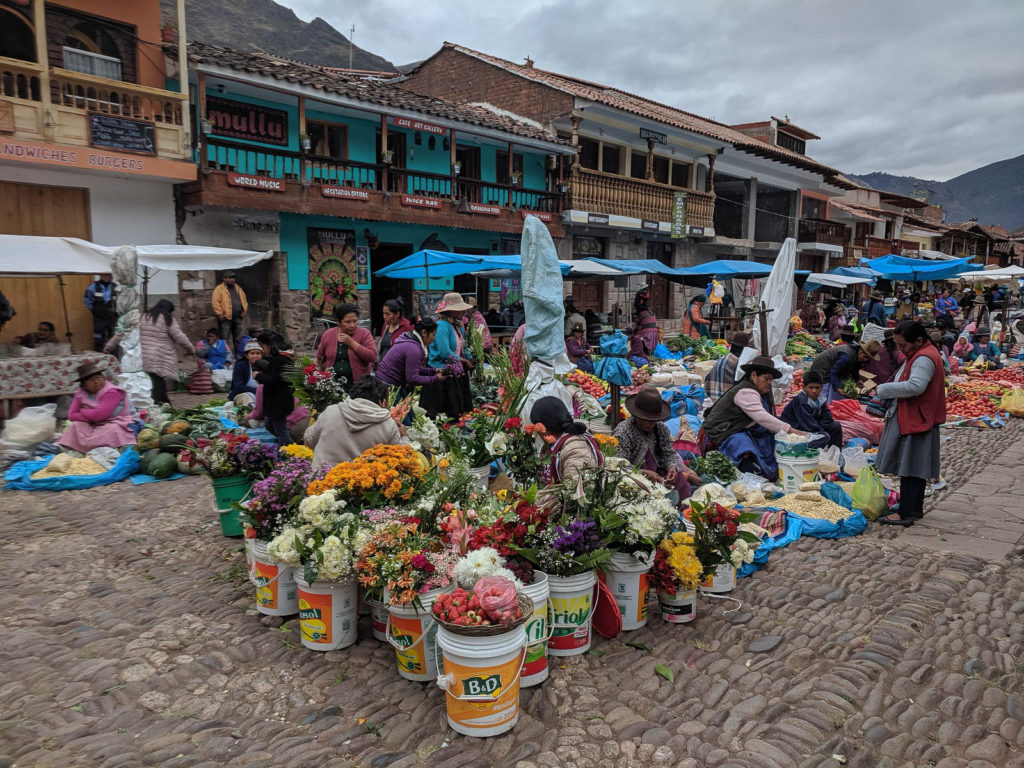
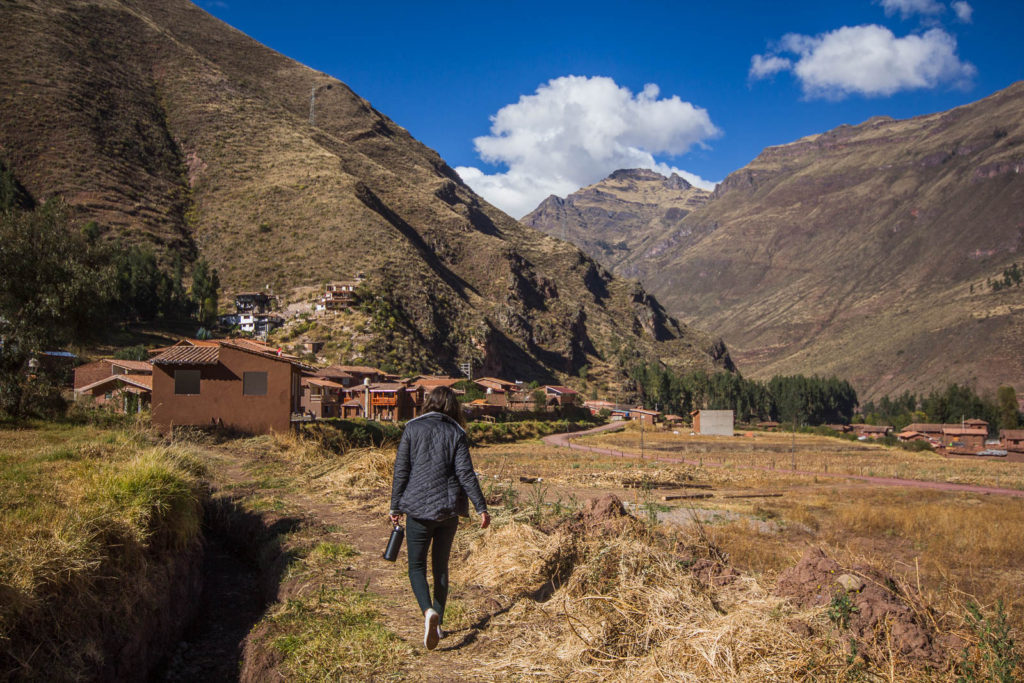
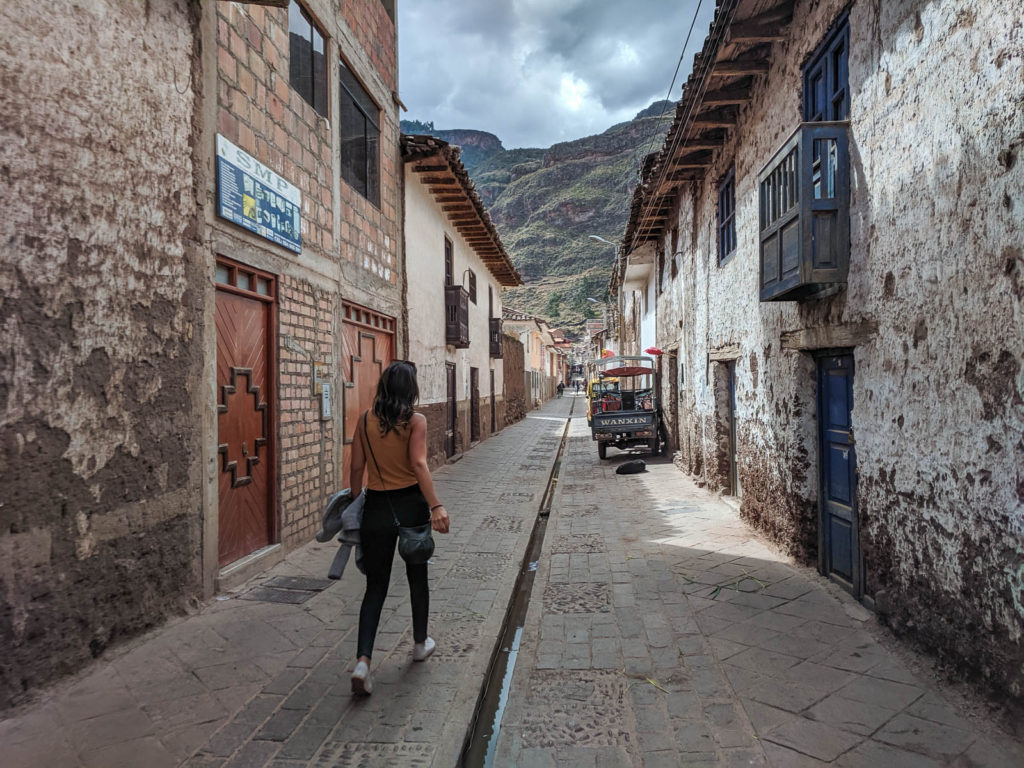

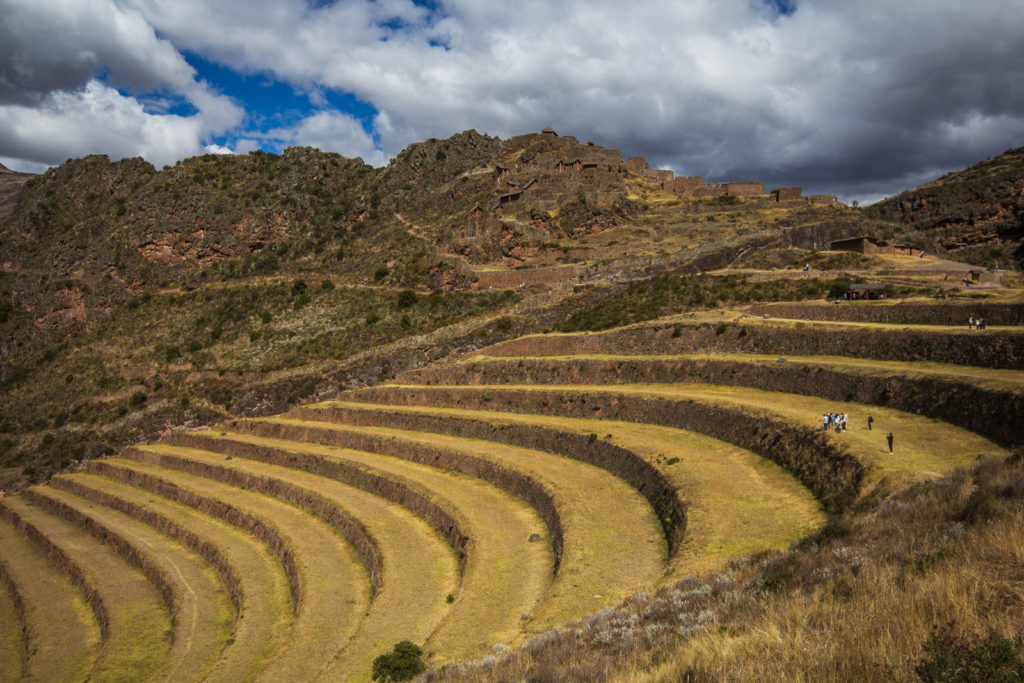

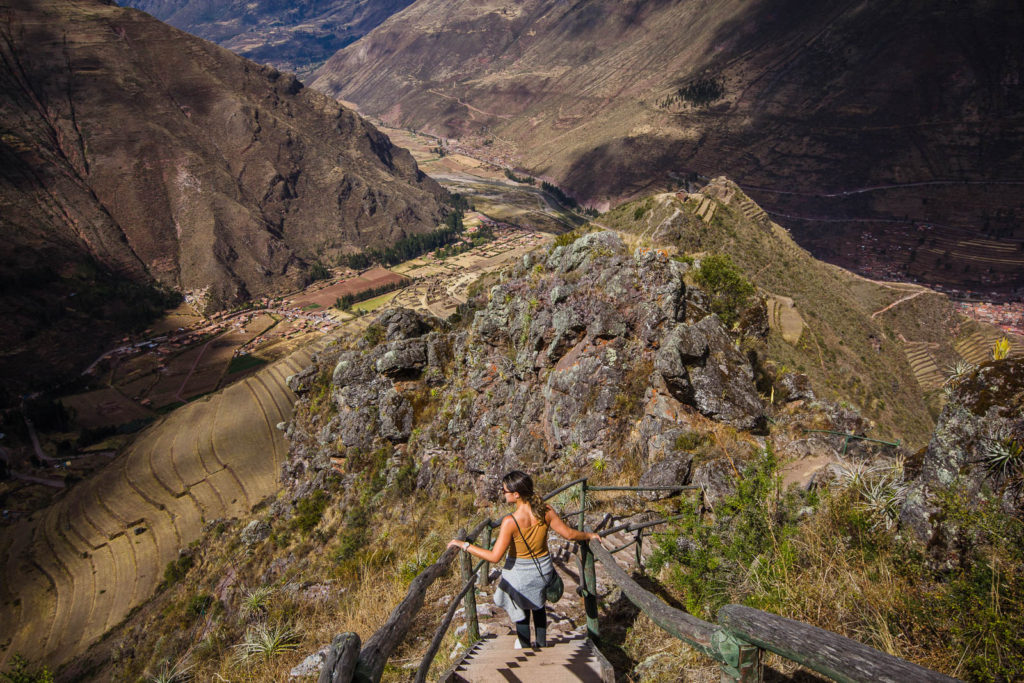
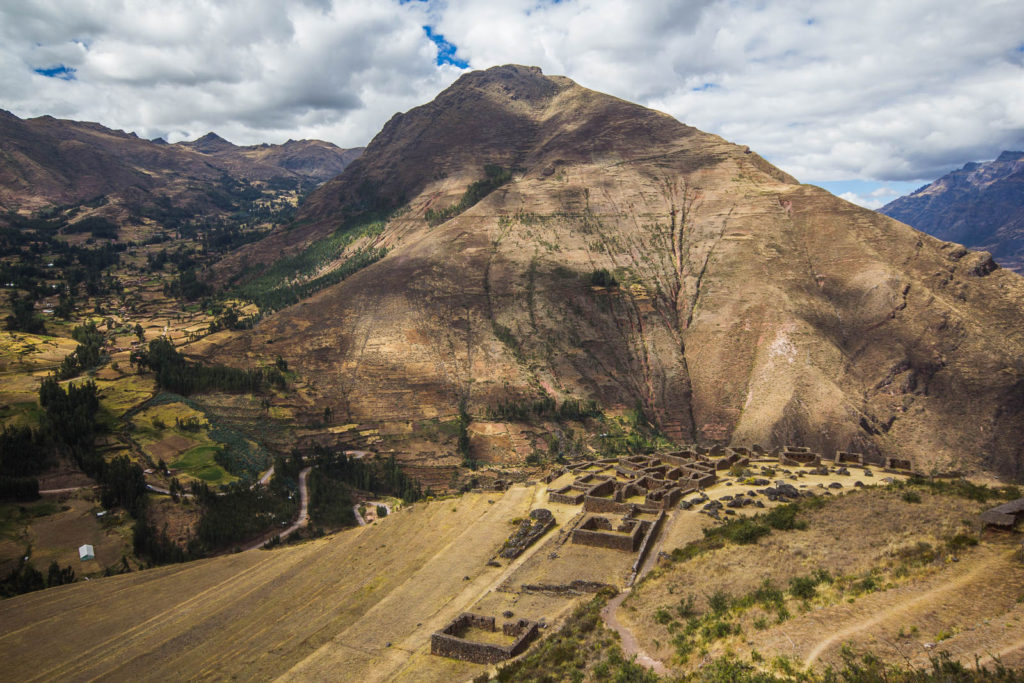
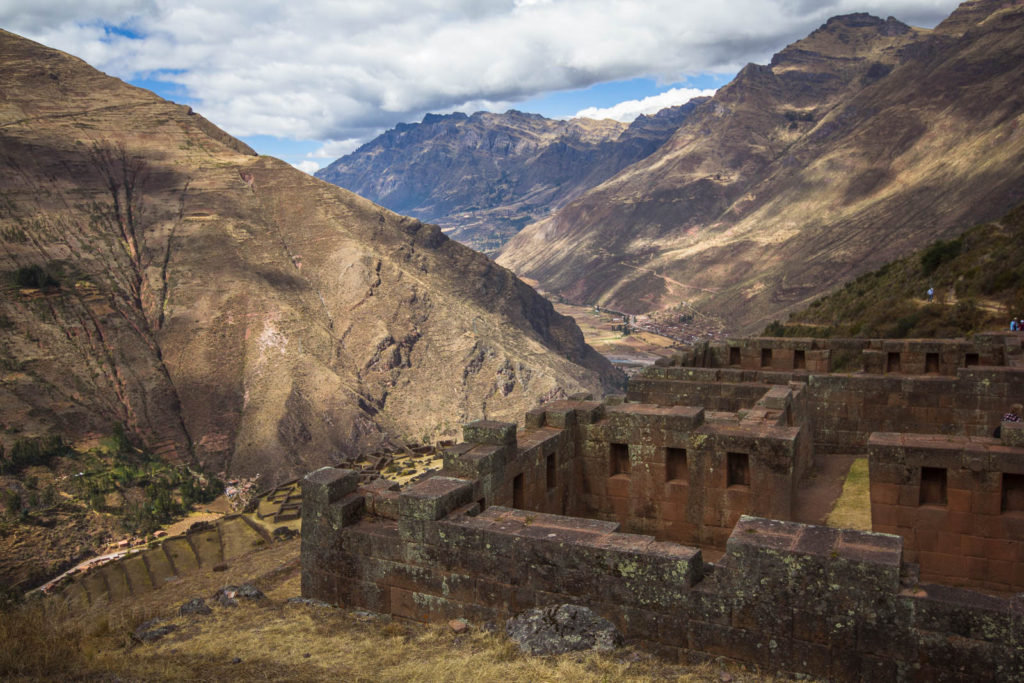

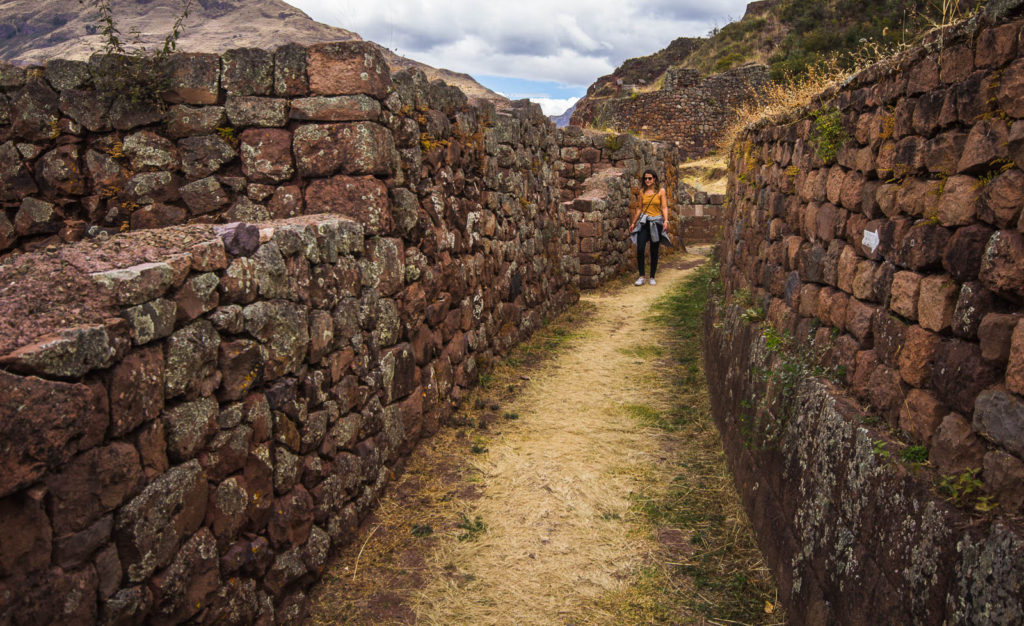
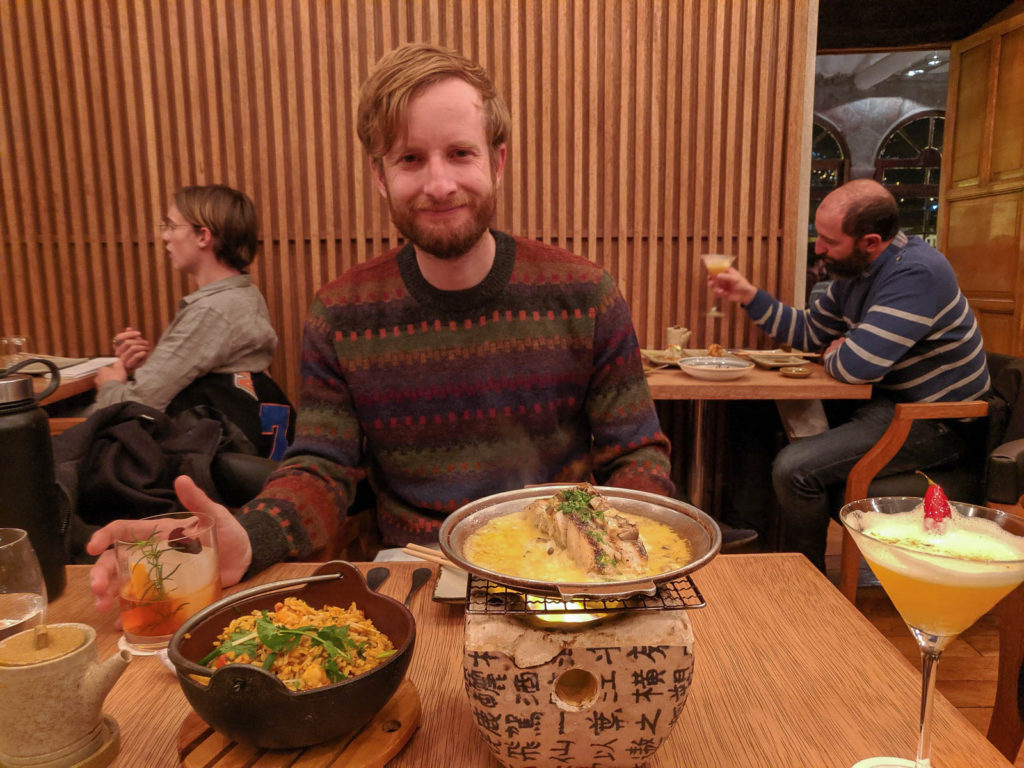
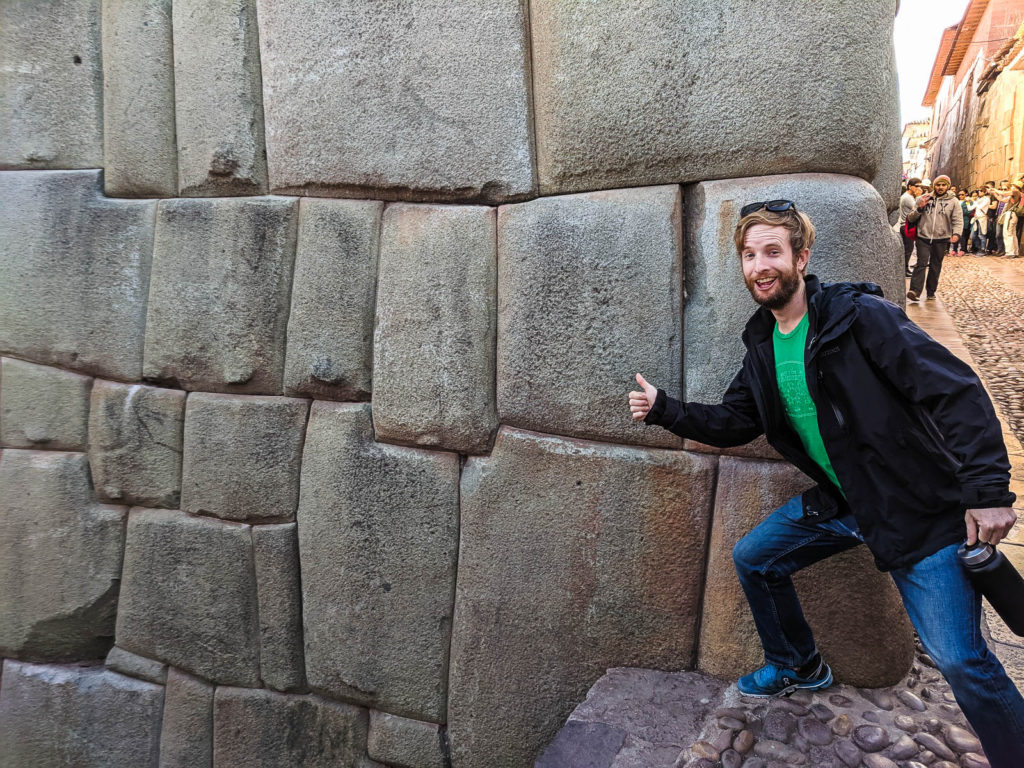
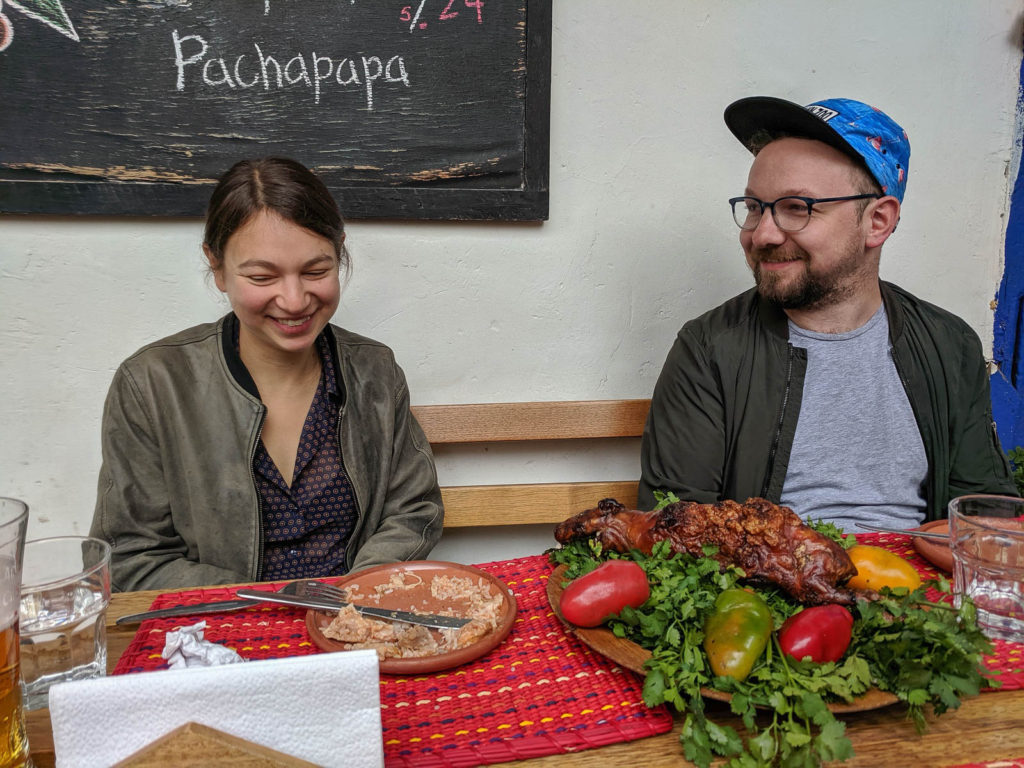
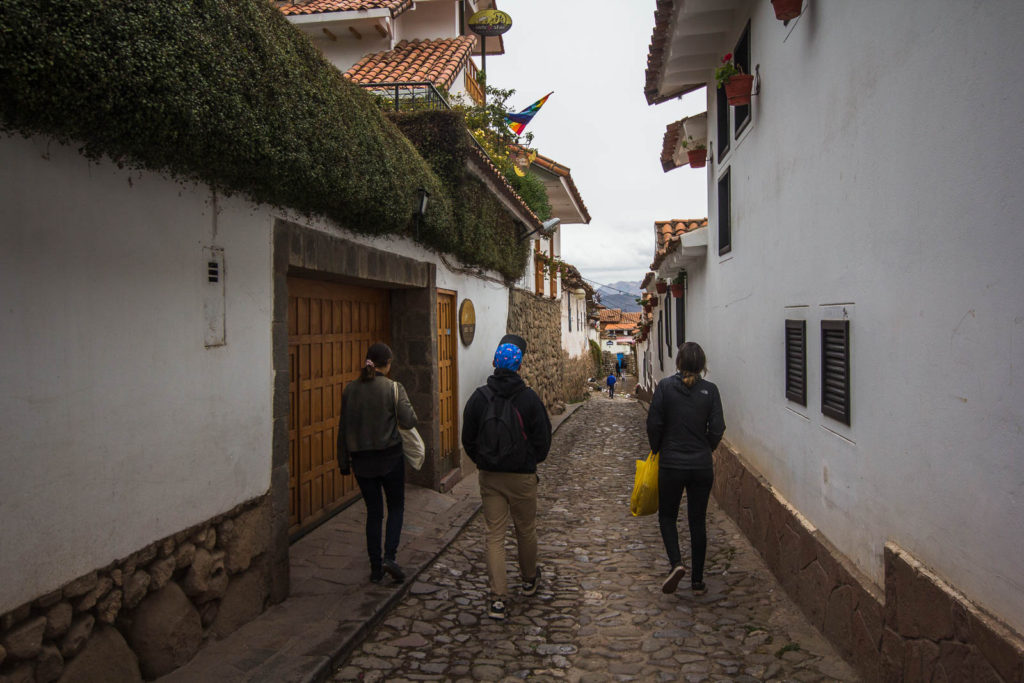

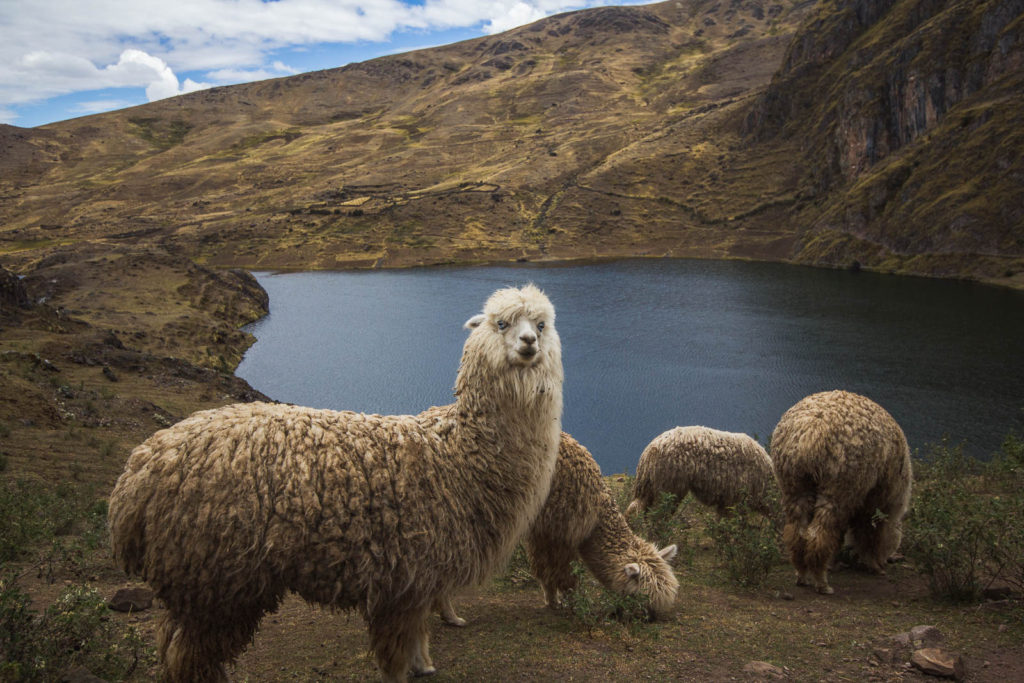
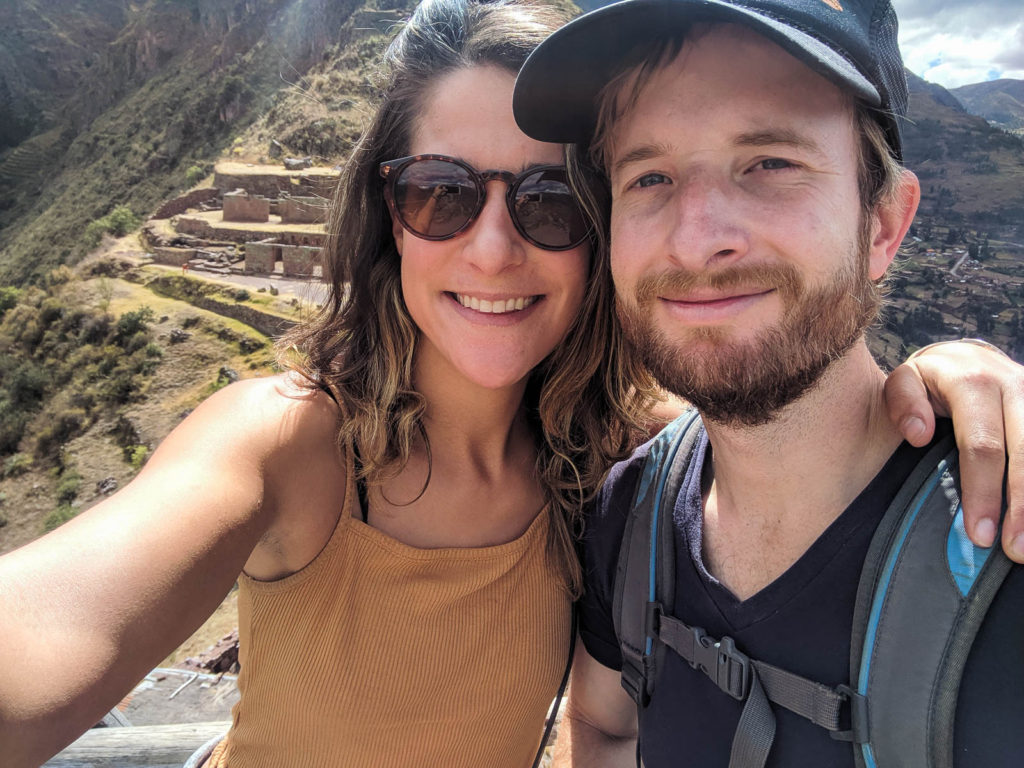
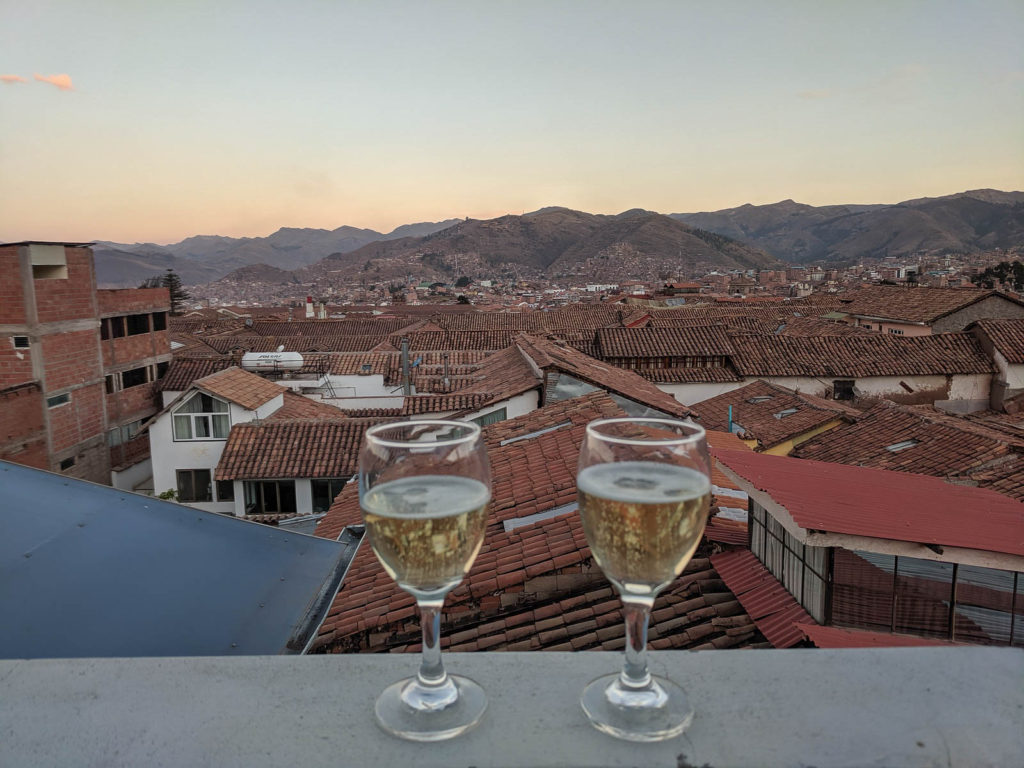
More beautiful places and smiling faces! Y’all had quite a stint in South America. Impressivo. Thanks for sharing.
What an awesome 9.5 months in South America! Thanks for the pictures and descriptions. Too amazing to comprehend.